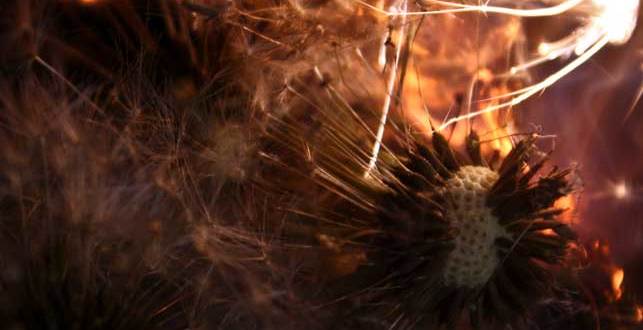In 1988, Leon Chua and Lin Yang developed the idea of the cellular neural network, a variant of the typical artificial neural network that works off a few different principles. As opposed to the multi-layered and dynamic system of regular ANNs, the cellular variant is usually a 2-dimensional model which has limited communication with its neighbors within the network. The purpose of the CNN design is to bring efficiency in solving low-level, processor intensive problems that deal with analog signals such as visual and audio waves. But what makes CNNs so unique and useful is an architecture that allows complex computing to be placed in compact circuits that require much less power.
How CNN Functions
CNN hardware allows analog signal information to be processed in real-time, which means they are perfect for applications that require rapid information gathering such as image processing. However, most external waves have a lot of “noise” in them which can confuse the readings, so the advantage of speed that analog allows must be counterbalanced with a digital clean-up that makes the readings more precise. Unlike other ANNs where the weights of the program’s decision making process are determined by the success and failures of its previous state, the weights that define the CNN’s rules are pre-programmed and static. This allows the individual neural units to act collectively and creatively while pointing them more heavily in a specific, desired direction.
Essentially, CNNs are ANNs with specialized functions that lend themselves well to any sort of sensory input applications. Without the use of the analog input, even the smartest of standard ANN sensors would take way too long to be able to adjust for all the changes that happen within the realm of real-time signals. The only disadvantage to this is that CNNs are not as fault-resistant as normal ANNs due to their much lower levels of connectivity within the system. Unnoticeable errors can creep into the system and data can become jumbled. To put it another way, the processor gets confused about what it is supposed to be doing. This is a problem that can lead to catastrophic system failures.
CNN Uses
CNNs have their use in any process that requires fast, real-time processing that normal computers are unable to handle. Imaging is the most popular use so far, but the technology is being moved into other areas as well. Analog CNN computers have the capability to mimic the anatomy and physiology of many sensory and processing biological organs, picking up signals in a comparable manner and translating them into digital language. The potential for use in developing robotic sensory capabilities is amazing, particularly in the area of nanotechnology where physical space and power requirements need to be as small as possible. Robotic movements are another application that requires data from the environment be processed fast in order to make the proper adjustments and learn on-the-fly.
CNN machines may also find a home in artificial sensory devices for humans. A compact and powerful processor would work well for cybernetic eyes or ears once the all the bugs could be properly worked out. Also, if a CNN supercomputer could be programmed with all the details involving a particular type of sensory function, such as the way that a dog’s eyes process images, it would make it possible to see what a dog sees. The same rule can be applied to variations of human sight, creating an opportunity to study vision from a whole other perspective.
CNNs already have applications being developed to assist in tasks such as mine-detection, fingerprint recognition, face tracking and even for measuring the timing of neurons as they fire. This powerful technology will no doubt play an increasingly important role in the design of future generations of electronic devices of every kind.
 Mind Gem
Mind Gem

